Our work with the Automotive Industry
We are proud to have worked with some of the industry leading vehicle manufacturers and have had the pleasure of being involved in the manufacturing process for the companies who deal with the manufacturing of Ferrari and McLaren.
We worked on one of the most exciting automotive projects we have ever had the pleasure of working on. We manufactured components for a company who converted the McLaren P1 GTR from a track only spec vehicle into a road legal car spec.
At the 2016 Goodwood Festival of Speed, the prototype P1 LM, XP1 LM, set the fastest ever time for a road car up the Goodwood Hillclimb, with a time of 47.07 seconds, driven by Kenny Bräck.
On 27 April 2017, the prototype P1 LM, XP1 LM, continued its success on track, beating the road car lap record time at the Nürburgring Nordschleife, with a time of 6:43.22 using road legal Pirelli P Zero Trofeo R tyres but without front number plate required to be road legal. This time was once again set by Kenny Bräck, and announced on 26 May 2017.
The benefits of Laser Cutting within the Automotive Industry
The on-going advancement of laser cutting technology means that this technique can deliver a standard of precision that is only becoming more accurate with time. In the automotive industry, this is critical because the various mechanics and components of a car can break down or function inefficiently if they are not designed to seamlessly fit together.
By increasing the presence of laser cutting in the manufacturing process, the automotive industry can achieve the following benefits:
- Cut costs – The automotive industry operates in a highly competitive market where cost-effectiveness is crucial for success. Laser cutting offers significant cost savings through reduced material waste, efficient energy consumption, and streamlined production processes. Laser cutting delivers consistent results that can be exactly quantified to create a cost-effective manufacturing process.
- Higher strength steels – Using laser technology will allow for manufacturers to use more advanced steels that can create stronger, safer vehicles. This versatility allows manufacturers to explore innovative materials while maintaining the integrity and strength required for automotive applications.
- 2D or 3D parts – Switch easily between 2D and 3D parts or components. Laser cutting enables the fabrication of complex geometries and intricate designs that were once challenging or impossible to achieve with traditional methods. From unique body panels to custom interior accents, laser cutting empowers designers to push the boundaries of creativity.
- Longer lasting production – Laser cutters do not suffer the degradation of standard tools, which can wear out and lessen productivity.
- Versatility - Laser cutting allows for versatility and this means we can process different materials and contours.
Materials for Automotive
We have the capabilities to manufacture vehicle components that use mild steel, stainless steel, titanium and aluminium. Recently for a leading sports car seat manufacturer, we used a mild steel for the bracketry and framework, using a high strength steel Strenx 700.
We have worked with a client on a project where we produced parts for Ferrari F40 LM handbrake box covers. The parts were laser cut and folded and used both mild steel and stainless steel. The stainless steel components were utilised for aesthetics in this instance, as it was all stripped down inside.
Titanium can be used to manufacture components that need to withstand high temperatures, and is often the best material for manufacturing vehicle exhausts systems due to its lightweight, strength and durability of high temperatures.
Using our tube laser cutter, we can also manufacture roll cages for rally and racing cars, creating saddle cut titanium tubes so that they sit together perfectly tube to tube. The titanium is cut on our tube laser and the ends of each tube are cut in specific ways so they perfectly mate with other tubular parts.
Get in touch
Need help or a quote?
SSC Laser, Hangar 5 New Road, Hixon, Stafford, ST18 0PJ
sales@ssclaser.co.uk
01889 270 241
Mon - Thurs : 8am - 5pm
Fri : 8am - 3pm



